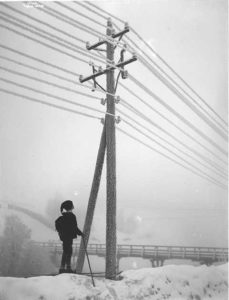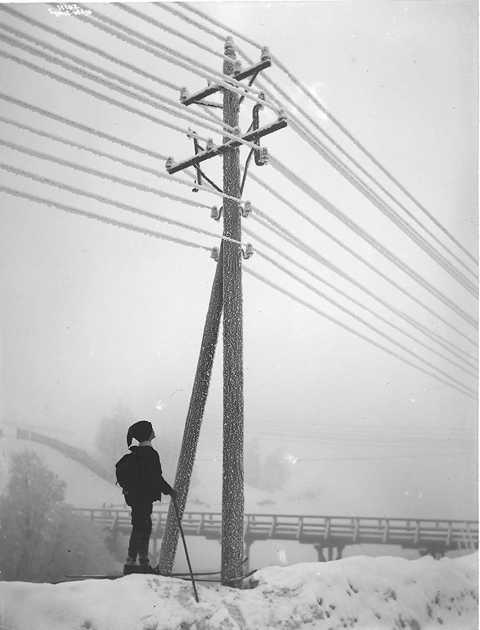
TMB is a research project that seeks historical knowledge of how media systems impact our engagement with the world.
Specifically, we study how Norwegian literature responded to historical media developments between 1855 and 1905.
Our current media situation did not start with the Internet, but traces back to the second half of the nineteenth century when the introduction of electrical telecommunication (telegraph and telephone) and analog media devices (photocamera and phonograph) radically changed the speed and ratio of human communication and perception.
A rich body of otherwise diverse media- and communication scholars seem to agree that many of the concepts and cultural logics that define digital media culture, such as communication (Peters, 1999), information (Menke, 2008), digitality (Franklin, 2015), control (Beniger, 1986), code (Hayles, 2005), real-time (Otis, 2001) or networks (Mattelart, 2000), first took off with nineteenth century media developments. Such developments reconfigured human capacities to calculate and manipulate natural environments, and paved the way for new conceptions of human nature that ruptured the idealistic worldview of Romanticism (Kittler, 1990). In a time when brains and clouds are re-conceptualized through data-storage and computing, a profound understanding of 19c media is necessary to equip us with knowledge of how and why current technologies enable and restrain our conceptions of ourselves and our environment.
In Norway, the publication of our first modern novel, Amtmandens Døttre (1854/55), coincided with the introduction of the postage stamp, the railroad, and the electrical telegraph. The ensuing fifty years saw the concurrent advent of modern media systems with the most influential and important period in our national literary history.
Starting from this historical coincidence, TMB researches and teaches nineteenth century literature to gain new knowledge of the epistemological, political, social and spiritual upheavals that confronted human beings in the introductory phase of our modern media era.




